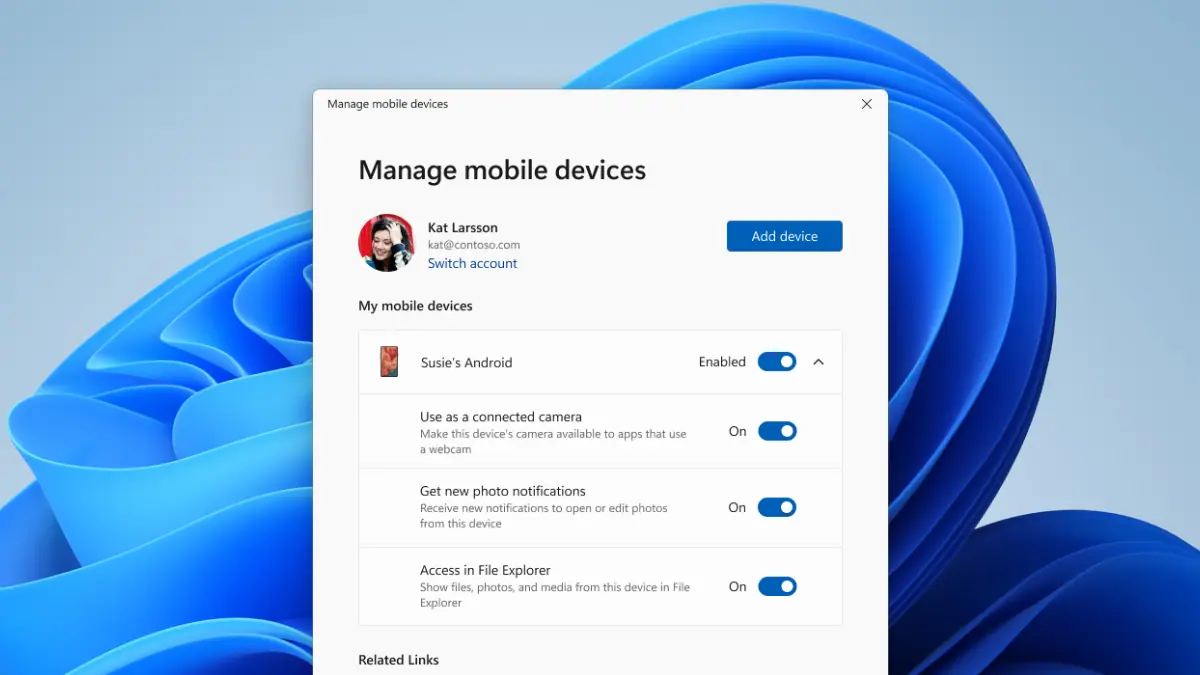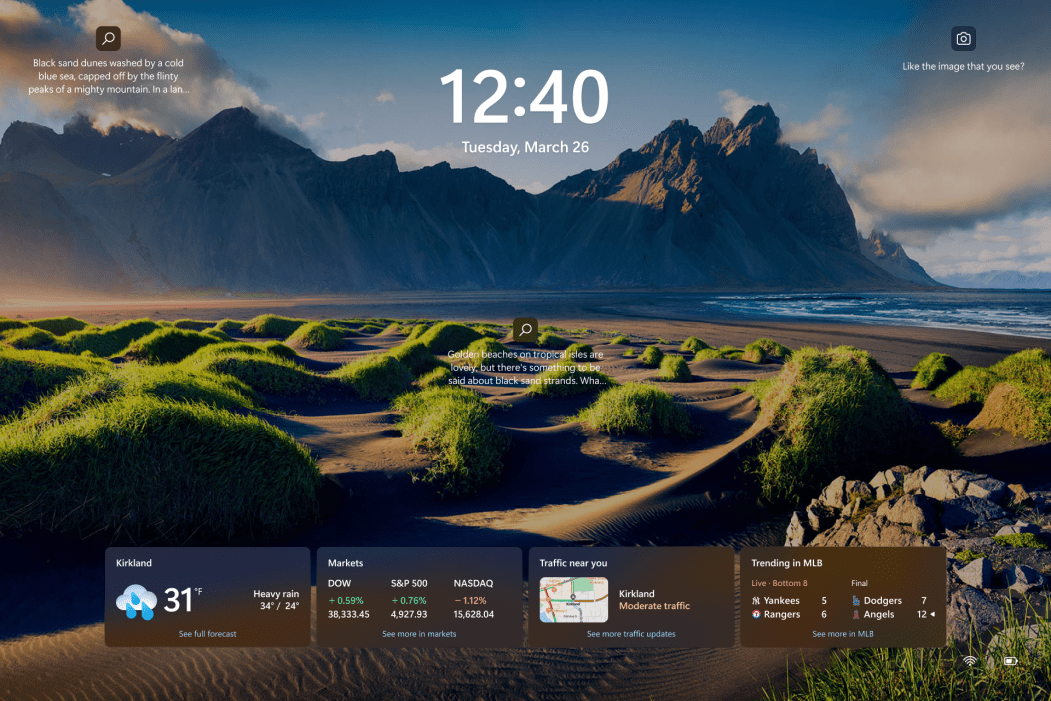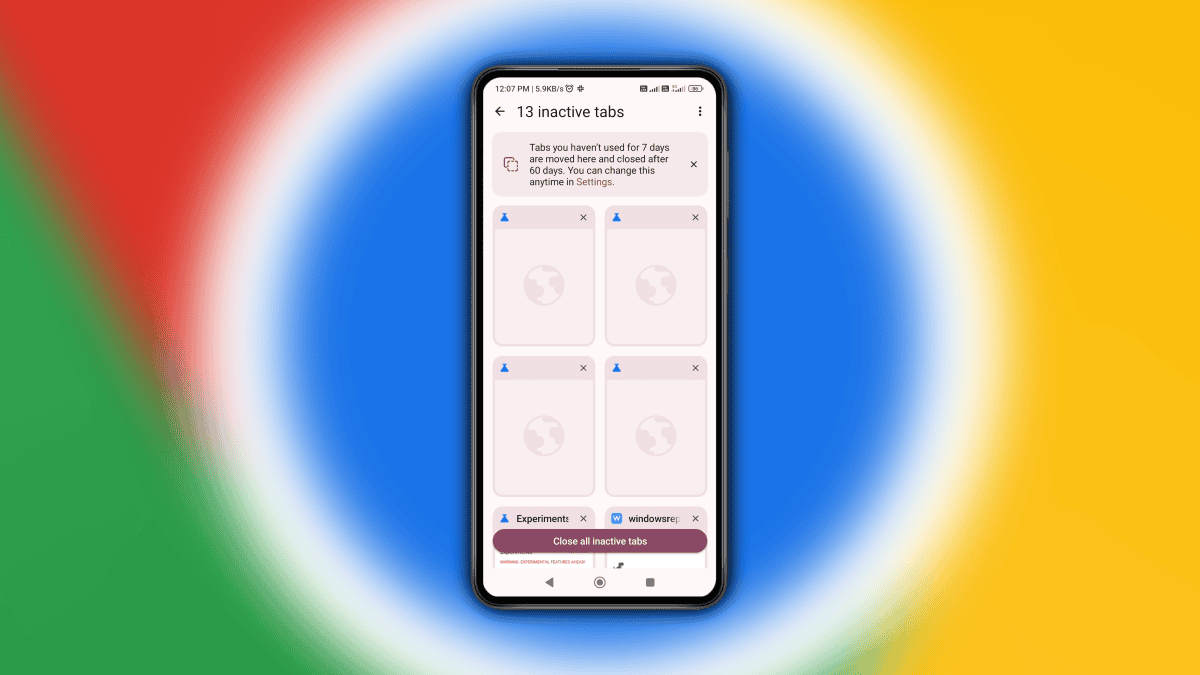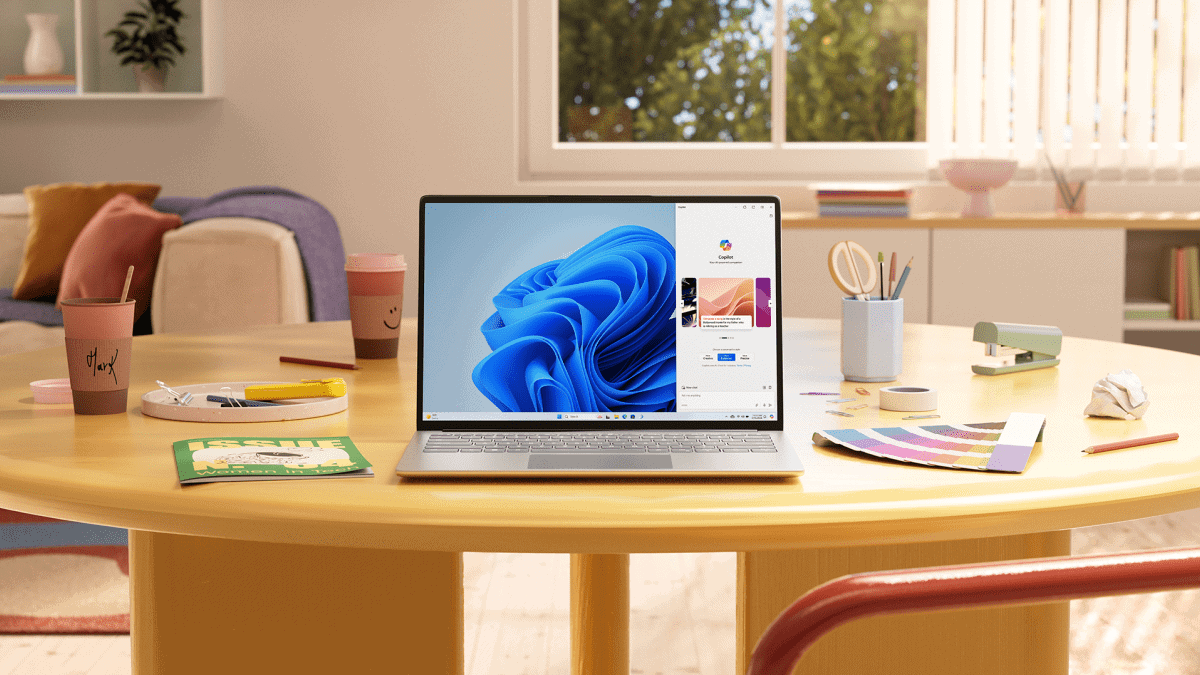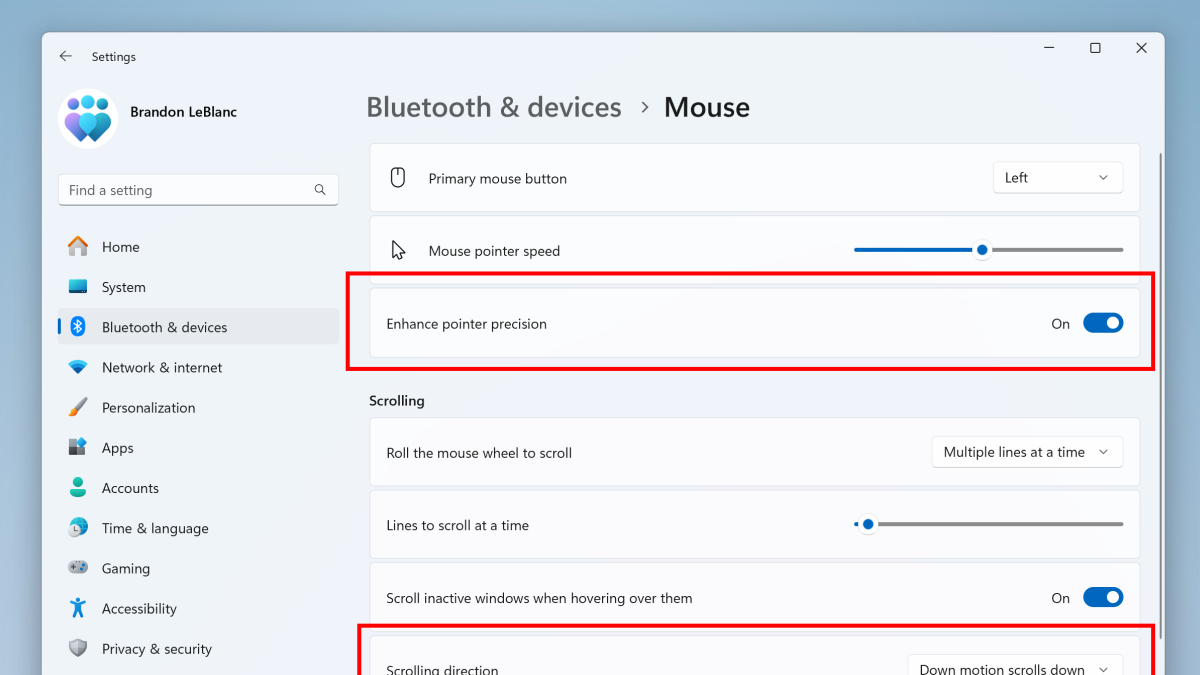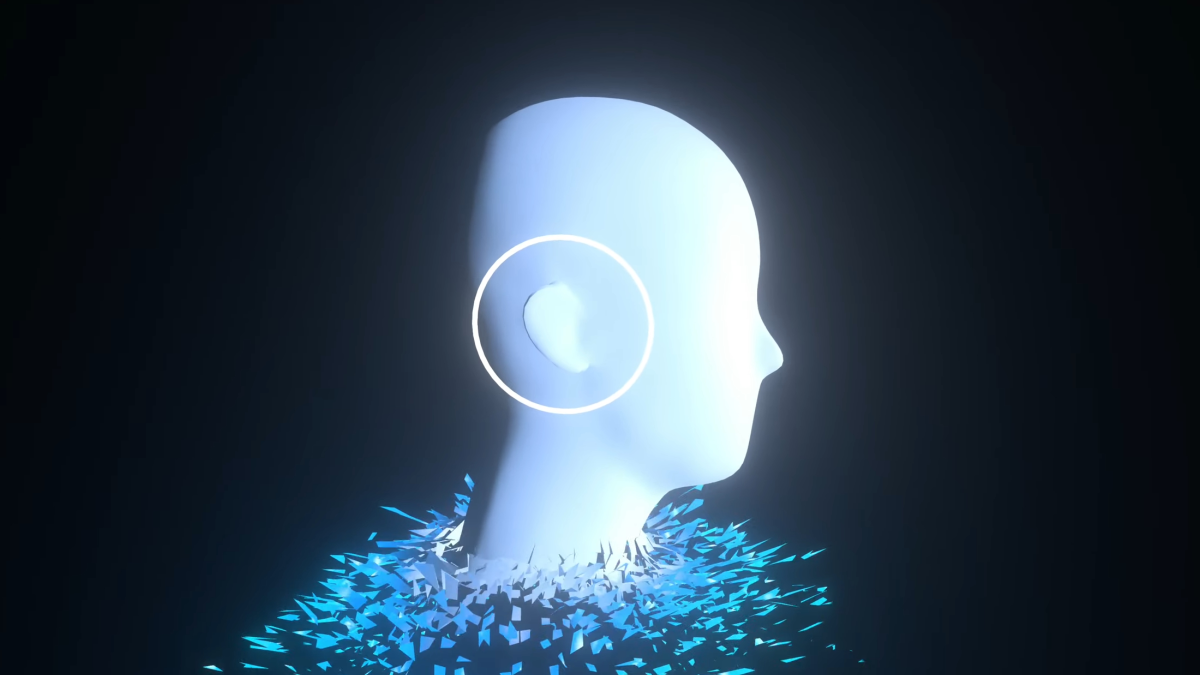Leap Motion shows off how responsive Project Northstar is with cool demo
2 min. read
Updated on
Read our disclosure page to find out how can you help MSPoweruser sustain the editorial team Read more
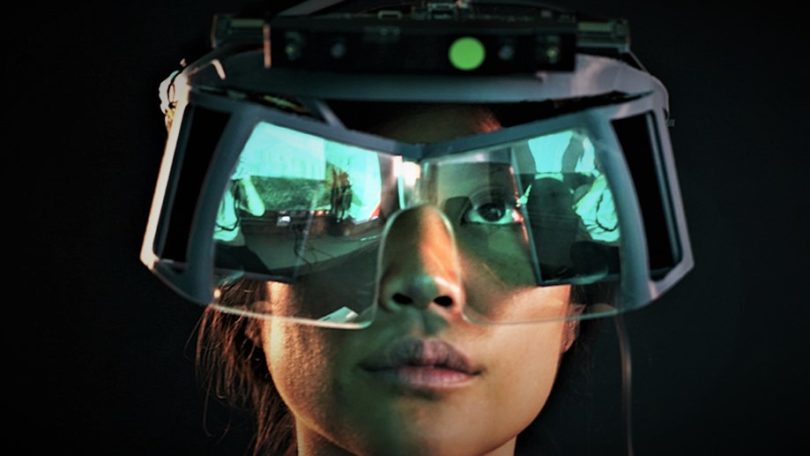
Leap Motion has created and released an open source augmented reality headset which would theoretically compete with Microsoft’s HoloLens and which relies in large part on their very accurate hand-tracking environmental sensor.
Now the company has posted a demonstration which shows how accurate and responsive the system is, enough to accurately play a simulated table tennis game against a virtual opponent.
The Leap Motion’s AR headset features two ultra-bright, low-persistence 1600×1440 displays pushing 120 frames per second with a large visual field over 100 degrees in diameter. It may also eventually feature:
- Inward-facing embedded cameras for automatic and precise alignment of the augmented image with the user’s eyes as well as eye and face tracking.
- Head-mounted ambient light sensors for 360-degree lighting estimation.
- Directional speakers near the ears for discrete, localized audio feedback
- Electrochromatic coatings on the reflectors for electrically controllable variable transparency
- Micro-actuators that move the displays by fractions of a millimetre to allow for variable and dynamic depth of field based on eye convergence.
Leap Motion says their headset offers best-in-class field-of-view, refresh rate, and resolution, and has proven to be an exceptional platform for representing high-speed motions with small objects. They believe the technology could be used in virtual training to eventually apply to real-world situations.
In theory, you can build your own Project Northstar headset, with more detail to be found here.
Microsoft is expected to release their own next-generation Mixed Reality headset themselves this year, which will also feature an upgraded environmental sensor based on the Kinect sensor package and improved computing capabilities due to a new Holographic Processing Unit.


